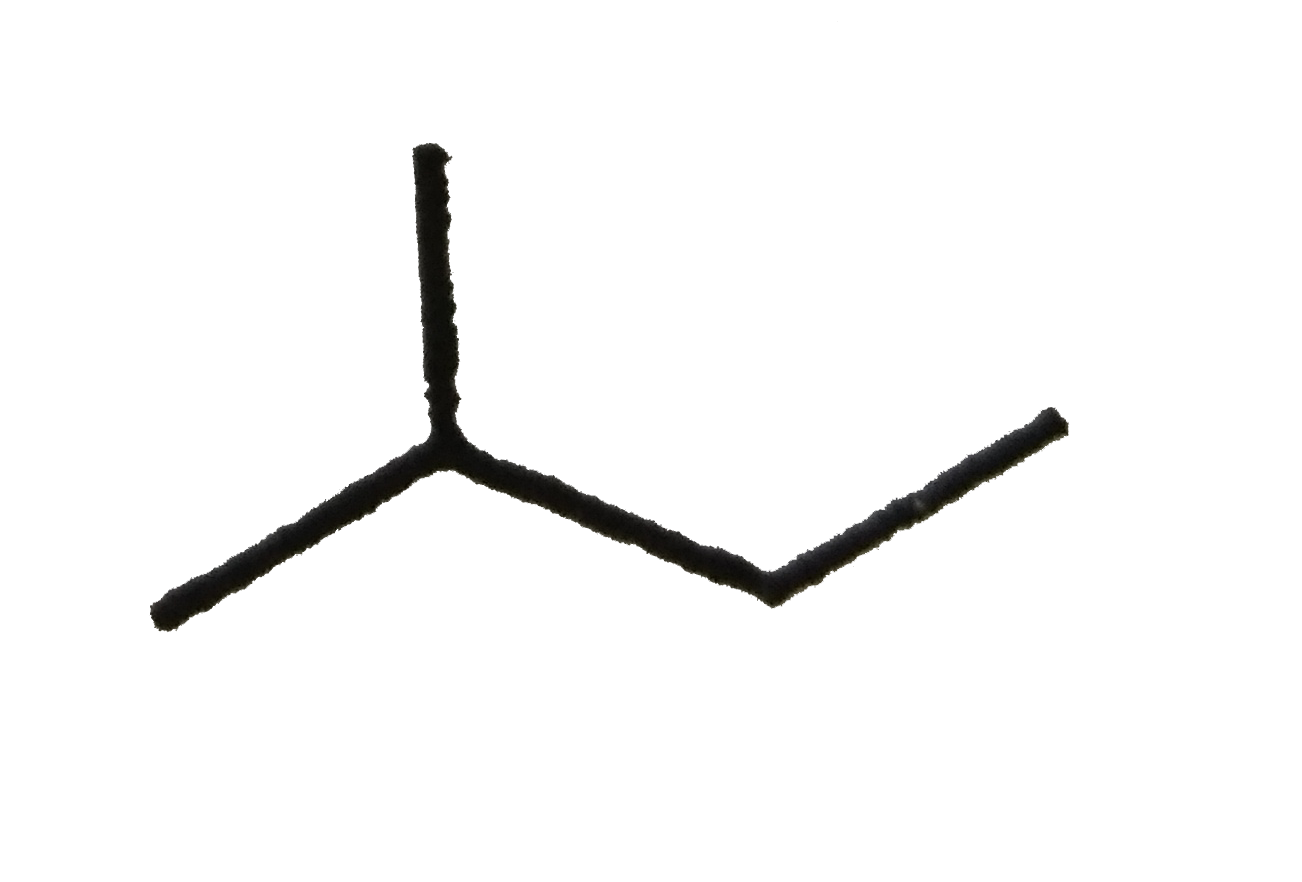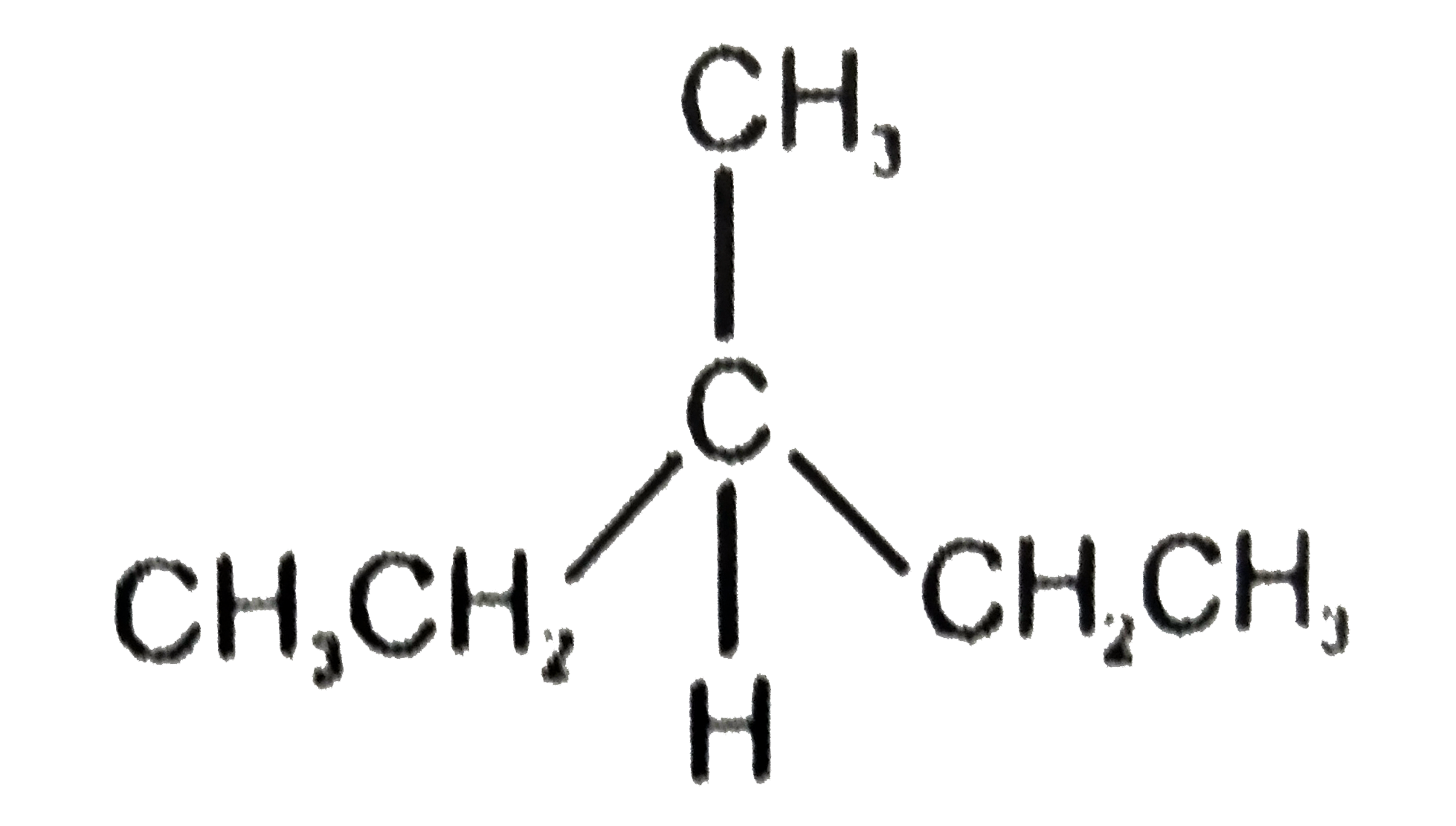The number of unbranched isomers (including stereoisomers) of C6H12 are
The correct Answer is:5
To find the number of unbranched isomers (including stereoisomers) of the molecular formula C6H12, we can follow these steps:
Step 1: Identify the Type of Compound
The molecular formula C6H12 indicates that we are dealing with a hydrocarbon that can be either a cycloalkane or an alkene. In this case, we will focus on alkenes since they can have geometric (cis-trans) isomers.
Step 2: Draw the Straight-Chain Structure
The simplest straight-chain structure for C6H12 is hexene. The structure can be represented as:
- Hexene: CH3−CH2−CH2−CH2−CH=CH2
Step 3: Identify Possible Geometric Isomers
For alkenes, we can have cis and trans isomers. The double bond in hexene can lead to geometric isomers:
- Cis-hexene: The two substituents on the double bond are on the same side.
- Trans-hexene: The two substituents on the double bond are on opposite sides.
Step 4: Explore Other Isomeric Structures
We can also create other structural isomers by varying the position of the double bond:
1. 1-Hexene: CH3−CH2−CH2−CH2−CH=CH2 (no geometric isomer)
2. 2-Hexene: CH3−CH2−CH=CH−CH2−CH3 (has both cis and trans forms)
3. 3-Hexene: CH3−CH=CH−CH2−CH2−CH3 (has both cis and trans forms)
Step 5: Count the Total Isomers
Now, let's summarize the isomers:
1. 1-Hexene: 1 isomer
2. 2-Hexene: 2 isomers (cis and trans)
3. 3-Hexene: 2 isomers (cis and trans)
Adding these up:
- Total = 1 (from 1-hexene) + 2 (from 2-hexene) + 2 (from 3-hexene) = 5 isomers.
Conclusion
The total number of unbranched isomers (including stereoisomers) of C6H12 is 5.
---
The molecular formula C6H12 indicates that we are dealing with a hydrocarbon that can be either a cycloalkane or an alkene. In this case, we will focus on alkenes since they can have geometric (cis-trans) isomers.
The simplest straight-chain structure for C6H12 is hexene. The structure can be represented as:
- Hexene: CH3−CH2−CH2−CH2−CH=CH2
For alkenes, we can have cis and trans isomers. The double bond in hexene can lead to geometric isomers:
- Cis-hexene: The two substituents on the double bond are on the same side.
- Trans-hexene: The two substituents on the double bond are on opposite sides.
We can also create other structural isomers by varying the position of the double bond:
1. 1-Hexene: CH3−CH2−CH2−CH2−CH=CH2 (no geometric isomer)
2. 2-Hexene: CH3−CH2−CH=CH−CH2−CH3 (has both cis and trans forms)
3. 3-Hexene: CH3−CH=CH−CH2−CH2−CH3 (has both cis and trans forms)
Now, let's summarize the isomers:
1. 1-Hexene: 1 isomer
2. 2-Hexene: 2 isomers (cis and trans)
3. 3-Hexene: 2 isomers (cis and trans)
- Total = 1 (from 1-hexene) + 2 (from 2-hexene) + 2 (from 3-hexene) = 5 isomers.
The total number of unbranched isomers (including stereoisomers) of C6H12 is 5.
Similar Questions
The number of isomers (including stereoisomers) of C5H10 are
View SolutionThe number of isomer (including stereoisomers) of C5H12O which can give positive haloform test is
View Solutiona. Given the number of isomers including stereoisomers of alkane C6H14.
b. Given the decreasing order of stability at room temperature of the isomeric hexane.
c. Given the decreasing order of boiling points of the isomeric hexane.
d. Which of the isomeric hexanes gives two monochloro derivatives when chlorinated?
View SolutionNumber of isomers of C5H6
View SolutionThe total number of acyclic isomers, including the stereoisomers, with formula C4H7Cl is
View SolutionThe number of possible isomers (including stereoisomers) on monochlorination (Cl2/hv) of the following compound is:

View SolutionThe maximum number of isomers (including stereoisomers ) that are possible on monochlorination of the following compound is :

View SolutionThe maximum number of isomers (including stereoisomers) that are possible on mono-chlorination of the following compound, CH3CH2CH(CH3)CH2CH3 is:
View SolutionThe toal number of isomers including stereoisomers for 1,3-
dimethyl cyclohexane is:
View SolutionThe number of isomers of C6H14 is:
View Solution
